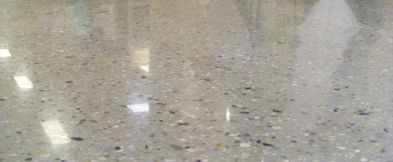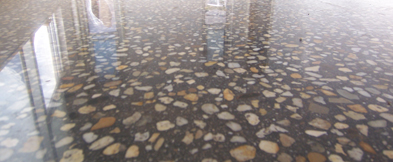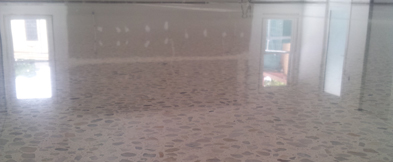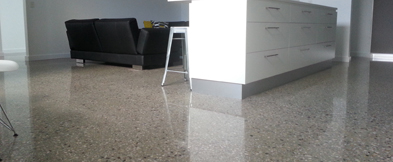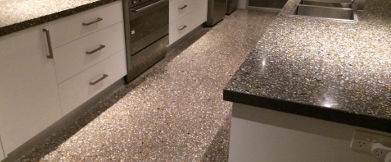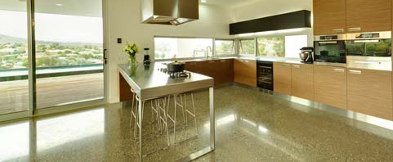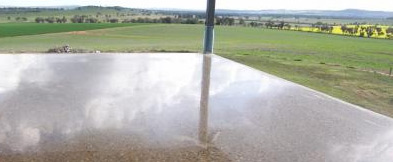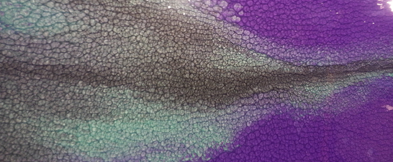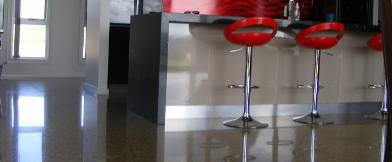

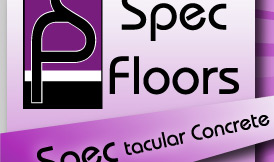






Understanding Exposure Levels for Polished Concrete
Exposure level refers to the amount of aggregate within a concrete mix that can be seen after grinding. Every concrete mix has aggregate (stones) as a component - the colour, density, size and distribution of these stones will depend on where the concrete came from, if it was specially ordered and how well it was poured and installed for polished concrete.
The exposure level possible will depend on how well the concrete has been installed and finished. The flatter and better it has been finished by the concrete installers the better the consistency of exposure will be and greater the exposure level choice you will have.
We can only work with what we are provided. Aggregate can be present from as little as 1mm below the surface and in most cases by the time 5mm has been removed you have reached a more consistent distribution and what is known as full exposure of aggregate.
Traditionally concrete is poured with the expectation that it will be covered by tiles, floor boards or carpet so things that may seem unimportant at the time of installation can end up having a big impact on the final result if your concrete is being polished. Please ensure you, your builder and concrete supplier and installer fully understand what is required for the installation of concrete when being polished by giving them our recommendations for new slabs which has been developed to assist our clients achieving the outcome they are after.
Zero Exposure
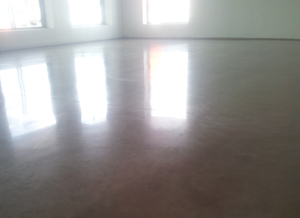
As explained above zero exposure aims to only remove the very topmost crust of the concrete to make it accept the chemicals or products to polish or coat it. To achieve this, the concrete must be installed millimeter perfect. A variation of just a couple of millimeters can result in either patches of aggregate showing through or the surface not being touched resulting in an inconsistent finish. There is nothing that can be done to correct this once the concrete is poured so making sure your concrete has been laid properly as well as selecting a concrete mix that you can live with if the worst case happens is a smart move. It is also important to consider that grouting (filling minor surface imperfections and cracks etc) is not part of the process with a zero exposure floor and any surface imperfections, whip marks, or discolouration will be visible after polishing. The aim during the pour is to ensure as thick a crust as possible, as little air bubbles/pockets as possible, as little cracking as possible and a panned surface that is as flat as possible. If the concrete is installed correctly then a zero exposure polished concrete floor can look amazing. The key is having an experienced installer who can guarantee their work and unsderstands the importance of the finish. See our guidelines for new zero exposure slab installations.
Partial Exposure
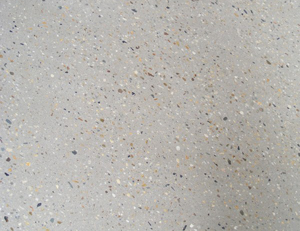
This refers to only grinding a small amount off the concrete surface to ensure the concrete is flat, groutable and will achieve a consistant gloss level if polished. This, like the zero exposure, is a very hard exposure level to successfully achieve a consistent result with as aggregate distribution can vary from area to area depending on the mix and installation. For this exposure level we generally remove 2 - 3mm from the concrete - basically just enough to ensure the entire floor is completely flat and suitable for polishing. Smaller sized aggregates will sit higher and result in more aggregate showing through compared to larger aggregates which will sit a bit lower in the mix. If the concrete is not flat or the aggregate is not evenly distributed there is a high chance there will be a range of exposure levels in the floor from zero to full. If a rustic look is what you are aiming for then this may not be an issue and is quite achievable on almost any concrete floor however if consistency of exposure is a priority the installation is paramount. The advantage of a partial exposure grind over a zero exposure grind is that grouting is included to fill holes and minor cracks that have occurred before polishing. Slab Guidelines can be found here.
Full Exposure
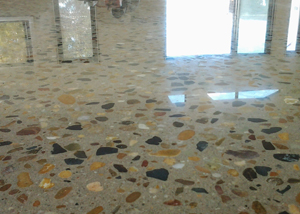
This is grinding enough of the concrete away to achieve the maximum exposure of stones possible. From our experience we have found that removing approximately 5mm of the concrete allows the best chance of achieving consistency in exposure - catering for different sizes of aggregate and minor surface height variations to be dealt with. As long as our recommendations for new slabs has been followed this is the easiest exposure level to achieve and gives the most spectacular results. Especially in the polished concrete system, the stones or aggregate are more easily polished and able to retain high gloss, therefore the more stone visible the more spectacular the results can be. Slab Guidelines need to be followed for consistancy and quality.







